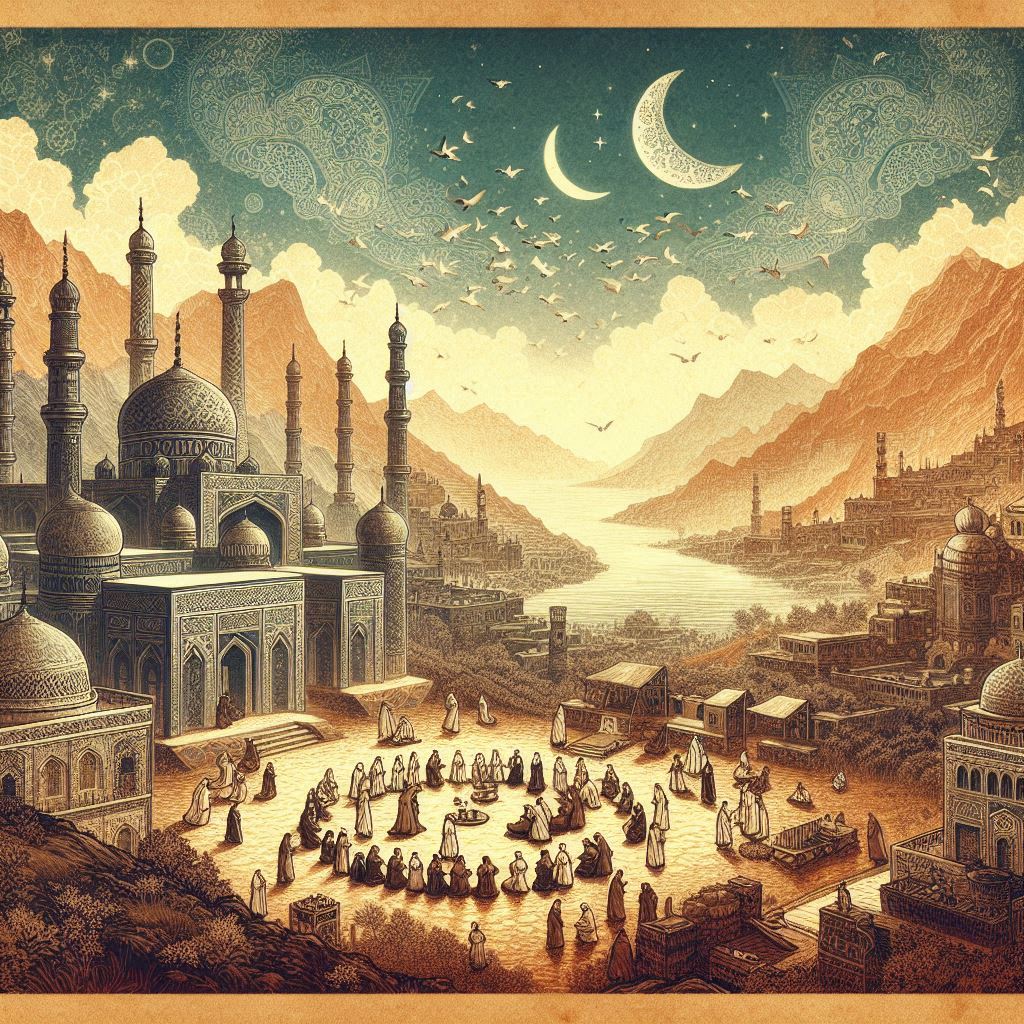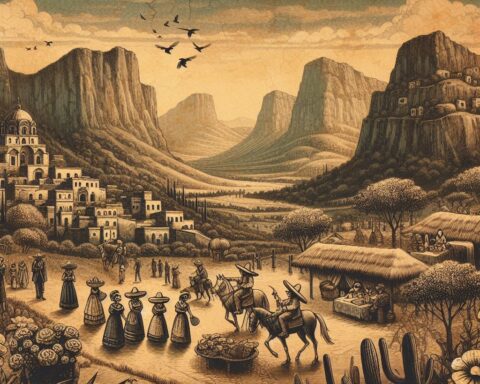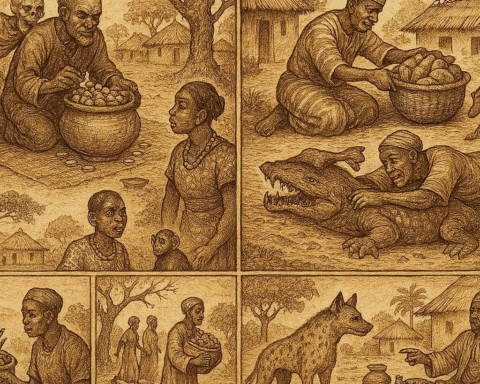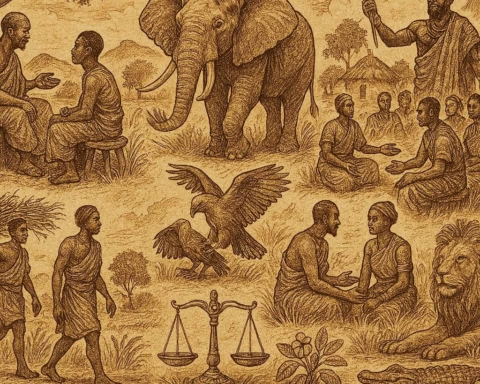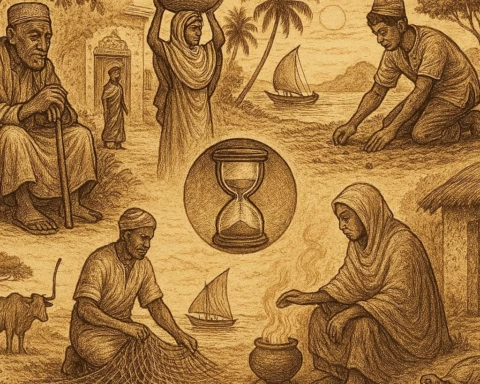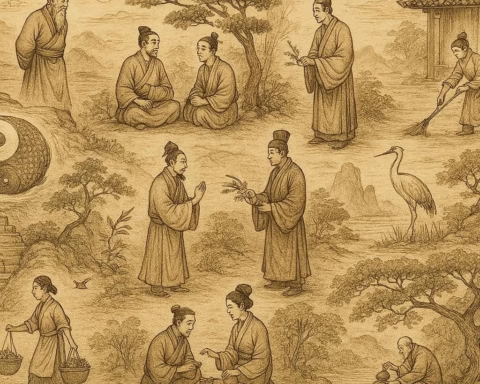From the bustling streets of Cairo to the quiet courtyards of Jakarta, the ninth month of the Islamic calendar, Ramadan, is a season of faith, fasting, and fellowship. For Muslims worldwide, it is a month when the soul turns toward God through discipline, compassion, and worship, culminating in the joyous celebration of Eid al-Fitr.
Though rooted in the same core beliefs, Ramadan and Eid traditions vary across cultures, reflecting local histories, cuisines, and customs. Here are eight unique traditions and the etiquette that shapes them.
1. The Fasting from Dawn to Sunset (Sawm)
At the heart of Ramadan is sawm, the daily fast from dawn (fajr) to sunset (maghrib). It is observed by all able-bodied adults, abstaining from food, drink, and other physical indulgences. The fast teaches self-control, empathy for the poor, and spiritual clarity. This practice originates directly from the Qur’an (2:183), linking believers today to the earliest Muslim community in 7th-century Arabia.
2. The Pre-Dawn Meal (Suhoor)
Before sunrise, families rise for suhoor, a meal that sustains them through the day. In Turkey, drummers still patrol neighborhoods to wake sleepers for suhoor, a tradition dating back to the Ottoman era. The etiquette here is communal: offering food to neighbors or travelers is considered a blessing.
3. The Sunset Meal (Iftar)
Iftar is the nightly breaking of the fast, traditionally begun with dates and water, emulating the Prophet Muhammad ﷺ. Across the world, iftar tables reflect cultural diversity, Moroccan harira soup, Indonesian kolak, or Pakistani samosas. Etiquette encourages inviting others, especially the needy, to share the meal, reinforcing the communal spirit of Ramadan.
4. The Nightly Prayers (Taraweeh)
Special congregational prayers called taraweeh are performed after the night prayer (isha). In many countries, mosques overflow with worshippers, and Qur’an recitation is completed over the month. This tradition dates to the Caliph Umar’s era, emphasizing both spiritual devotion and community gathering. Proper etiquette includes arriving early, dressing modestly, and maintaining silence and focus.
5. The Spirit of Charity (Zakat and Sadaqah)
Giving to those in need is heightened during Ramadan. Zakat al-fitr, a specific charity due before Eid prayer, ensures that the poor can join in the celebration. In Indonesia, rice is often given; in Egypt, staple foods; in the Gulf, monetary contributions. This practice reflects the Prophet’s teaching that faith is incomplete without care for others.
6. The Eid Moon Sighting
The end of Ramadan is marked by the sighting of the hilal (new crescent moon). In many countries, families gather outdoors or tune in to official announcements. Historically, moon sighting was a communal act tied to local scholars and astronomers; today, it blends tradition with modern communication. The etiquette is to accept the local sighting to preserve unity.
7. The Eid Prayer and Greeting
On Eid morning, Muslims gather for a special prayer in open fields or mosques. Attendees wear their best clothes, often newly purchased, to mark renewal and gratitude. The traditional greeting is Eid Mubarak (“Blessed Eid”), often followed by hugs. In some cultures, such as in West Africa, elaborate handshakes accompany the greeting; in others, like Malaysia, people seek elders’ blessings by touching their hands to the forehead.
8. The Festive Meals and Family Visits
After prayer, homes overflow with food and guests. In South Asia, sheer khurma (a sweet milk and date dish) is prepared; in the Middle East, baklava and ma’amoul are common. In Senegal, whole lamb roasts mark the day. Visiting relatives, friends, and neighbors is essential etiquette, neglecting it can be seen as disrespectful. In all cultures, the joy is in togetherness.
Origins of Ramadan and Eid Traditions
Ramadan was first observed in 624 CE after the command in the Qur’an, linking the fast to earlier prophetic traditions. The act of fasting was not unique to Islam, Jewish and Christian communities also practiced it, but in Islam, it was given a clear structure and spiritual goal: taqwa (God-consciousness).
Eid al-Fitr emerged as a distinct festival during the Prophet Muhammad’s lifetime, replacing pre-Islamic festivities with a celebration rooted in gratitude to God. Over centuries, local customs, culinary, artistic, and social, wove themselves into the framework, making Ramadan and Eid both globally unified and locally unique.
Knowledge Check
Q1: What is the pre-dawn meal during Ramadan called?
A1: Suhoor, eaten before dawn to sustain the fast.
Q2: What charity is given before Eid prayer?
A2: Zakat al-fitr, ensuring the poor can celebrate Eid.
Q3: How does iftar traditionally begin?
A3: With dates and water, following the Prophet’s example.
Q4: What is the purpose of taraweeh prayers?
A4: Nightly Ramadan prayers to complete Qur’an recitation and foster community worship.
Q5: Why is moon sighting important at the end of Ramadan?
A5: It marks the start of Eid al-Fitr, following Islamic tradition.
Q6: What is a common Eid greeting?
A6: Eid Mubarak, meaning “Blessed Eid.”
Cultural Origin: Islamic tradition, observed globally by Muslim communities with diverse local expressions shaped by regional history and customs.
